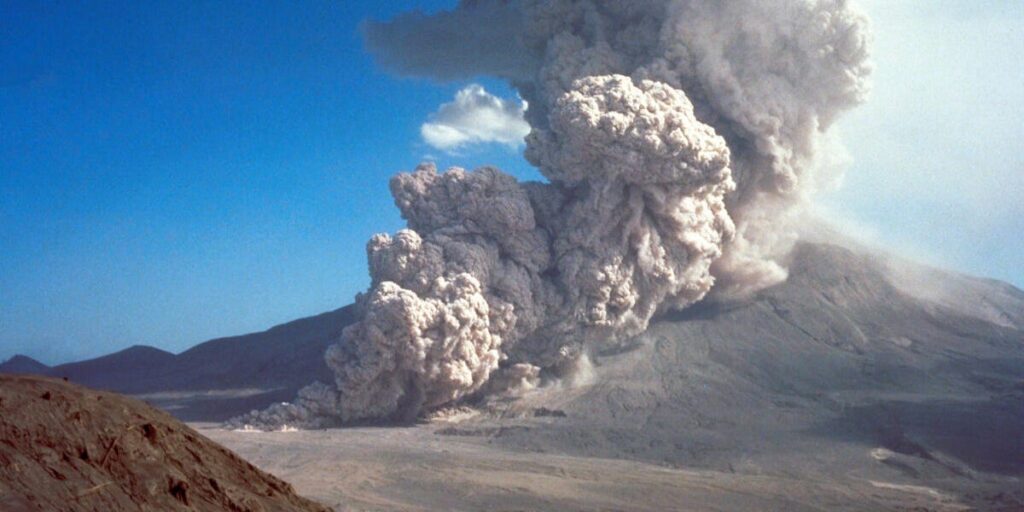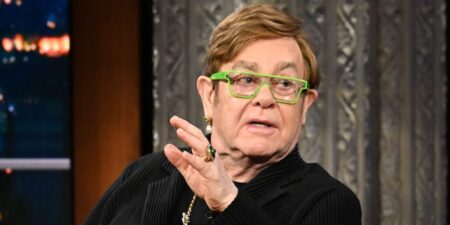One of the first USGS geologists at the volcano was David Johnston. He had been closely monitoring Mount St. Helens during its many earthquakes.
On May 18, Johnston was only 6 miles from the volcano. As the eruption started, he radioed a final message to a nearby Washington city: “Vancouver, Vancouver. This is it.”
After that, Johnston’s death would have come within a minute, his fellow geologist Swanson wrote.
“It hit home to us as geologists, as volcanologists, how important it is to have monitoring up at the volcanoes and to install sensors before unrest so that we don’t have to have people up there in harm’s way,” Westby said of Johnston’s death.
Leading up to the eruption, experts created safety zones around the volcano. Only essential workers could go to the red zone.
However, the majority of the 57 people who lost their lives were outside the red zone, NPR reported. Many were killed by the lateral blast, Westby said. It ended up being more powerful than anticipated.
“It still gets me a little bit, thinking about that,” she said, “but that really influences how we feel about hazards today.”
Now, she said, hazard maps are much more accurate and take into account a range of an eruption’s possible outcomes.
Read the full article here
















